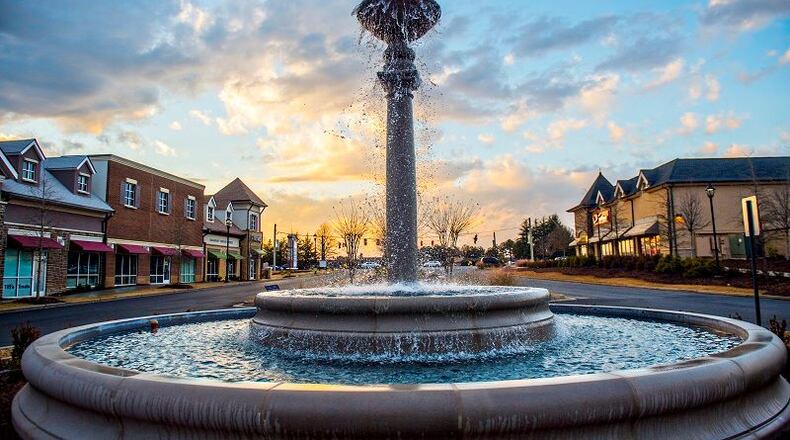Many residents say Gwinnett County is growing too fast. Studies say the county, Georgia’s second most populous, is not growing fast enough.
Caught in the middle, the Gwinnett County Board of Commissioners is considering a rewrite of a countywide plan that would call for building thousands of housing units every year, mostly by redeveloping commercial and mixed-use zones in areas with transit access.
“We can’t continue to do the same thing and expect different results,” Chairwoman Nicole Love Hendrickson said.
TSW, a planning and architecture firm with offices in Atlanta, is crafting the 2045 plan, which will guide and govern development in unincorporated Gwinnett over more than two decades. The plan will become the basis for decisions on how much and what kinds of residential and commercial development are allowed in each neighborhood — an issue that is heating up as growth reaches new areas of the county.
In a recent interim report to commissioners, TSW planners proposed dividing unincorporated Gwinnett into about 60 “daily communities,” or areas where residents can access work, shopping and services within a 15-minute trip of their homes.
“One of our big goals for the 2045 update is to get a little bit more granular, to get into a lot more detail and really recognize that Gwinnett’s just not one big monolithic place,” Allison Stewart-Harris told commissioners. “It is a lot of different places.”
Some of the commissioners praised the approach, comparing it to the more nuanced planning process in Atlanta or the 16 small cities in Gwinnett.
“I think that’s what people are looking for,” Hendrickson told The Atlanta Journal-Constitution. “They want that sense of place. They want that sense of community.”
TSW estimates Gwinnett’s population will grow from 973,000 to 1.51 million by 2045, creating a need for about 8,500 housing units per year. But sticking to current policy would result in a shortfall of 95,000 housing units by 2045, the planners said, or about 4,000 units per year between now and then.
A different, often-cited housing study last year calculated a far more drastic gap, averaging about 11,500 units of unmet housing demand annually until 2040 in Gwinnett.
Some commissioners said they were making policy decisions based on last year’s housing study, but both data sets point to the same problem.
“There’s still a lot of people paying a lot more money to get into a home because there is so much demand,” District 1 Commissioner Kirkland Carden said. “The goal should still be getting supply of different types for current and future residents.”
The planning firm’s recommendations include promoting redevelopment over developing green spaces, encouraging mixed-use community centers, directing density to areas with greater sewer and transportation capacity and incentivizing medium density “missing middle” housing.
TSW held five community workshops on the plan this summer. The county is hosting online surveys related to the plan and a pop-up event is slated for this fall. The board expects to adopt a plan in February.
“Most participants in our workshops indicated that they were receptive to different housing types, so long as they were at a scale appropriate for their communities,” planner Nick Johnson said. “There were some fears expressed about the burdens of infrastructure and transportation especially, and they encouraged us to look for ways that development could support that.”
Hendrickson told the AJC she wants to make sure the plan supports those who already live in Gwinnett.
“We recognize residents are getting a sense of development fatigue,” she said.
District 3 Commissioner Jasper Watkins represents a comparatively rural swath of eastern Gwinnett where, he said, many residents do not want big changes.
“Those are very established communities and neighborhoods,” Watkins said. “Offering them 15-minute walks to get a coffee and stuff is not flying in there.”
About the Author
Keep Reading
The Latest
Featured




